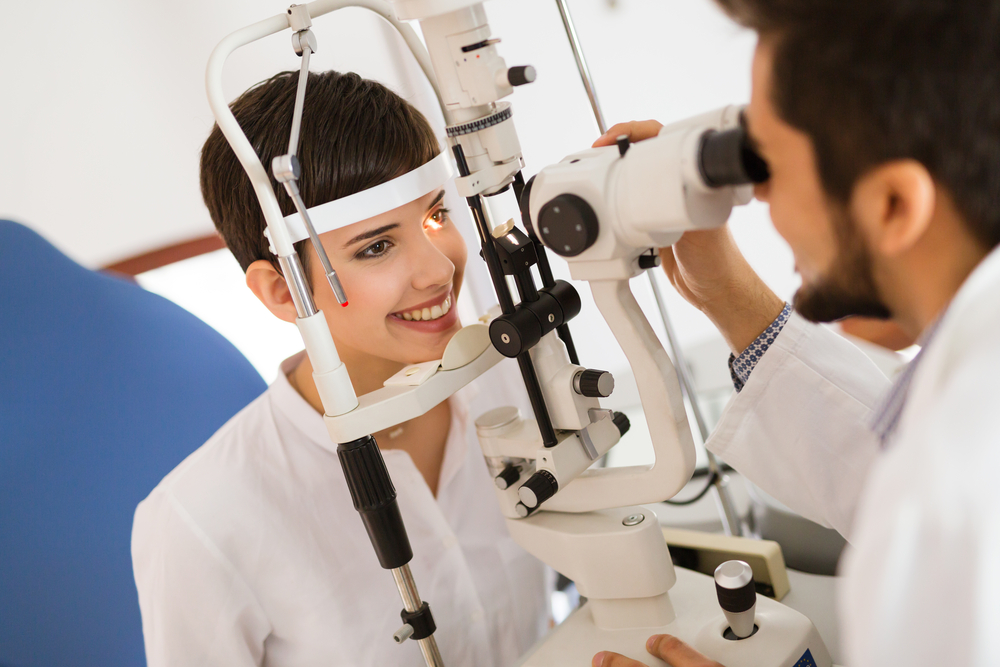
Has your eye doctor said you have keratoconus? If so, you may have had this eye condition for years without realizing it. Keratoconus occurs when the cornea thins out and eventually bulges out like a cone. This usually causes blurred vision, distorted vision, and increased light sensitivity, to name a few. It's hard to detect this progressive disease without specific tests.
How Is It Diagnosed?
During your consultation, your eye doctor will examine your medical and family history. Then, they will perform an eye examination to determine if you have keratoconus. Some of the standard tests to diagnose this eye disorder include:
Eye Refraction. Your doctor will inspect your eye for any vision problems using special tools and pieces of equipment. They will likely ask you to look through a device known as a phoropter. This way, they can determine the best combination that will provide you with the sharpest vision. Other doctors may use a retinoscope to check your retina and identify the state of your eye refraction. Eye refraction refers to the measurement of the required lens power of a patient's eyewear.
Slit-lamp Exam. Once your doctor suspects that you have keratoconus during your retinoscopy, they will conduct a slit-lamp exam. In this particular test, your doctor will direct a vertical beam of light on your eye's surface. They will use a low-powered microscope to view your vision and evaluate the shape of your cornea. Slit-lamp exams are often used to spot other characteristics unique to keratoconus. An example is the Fleischer ring, a yellowish, brownish, or greenish pigmentation in the cornea.
Computerized Corneal Mapping. Special photographic tests, like corneal tomography and topography, capture images of the cornea. It aims to record a detailed shape map of the structure. These tests work best when the eye condition is still in its early stages as they show any corneal distortions or scarring.
How Is It Treated?
Treatment for keratoconus generally depends on the severity of the symptoms. In its early stages, your cornea still has some semblance to the normal corneal shape. At this point, prescription eyewear may likely be adequate to correct your vision. As your keratoconus progresses, corrective eyeglasses or contact lenses may no longer be effective. Nevertheless, your doctor may still prescribe rigid gas permeable or hybrid contacts to ensure that there remains proper refraction when the light enters your eye.
Once your symptoms have gone even more severe, many other solutions are available. These include Intacs, which are small, curved corneal devices that help improve vision by flattening the curvature in your cornea. Another option to stop or slow down the progression is corneal collagen cross-linking. It will not reverse the effects of keratoconus nor improve your vision. But this newer treatment can potentially keep you from needing a corneal transplant in the future. In some cases, the cornea can become scarred, or the disease is too advanced that it will be impossible to wear contact lenses. At this stage, your doctor may recommend a corneal transplant.
Are you wondering which treatment is best for your case? Visit Ridgeview Eye Care today at any of our offices in Olathe or De Soto, Kansas.
















